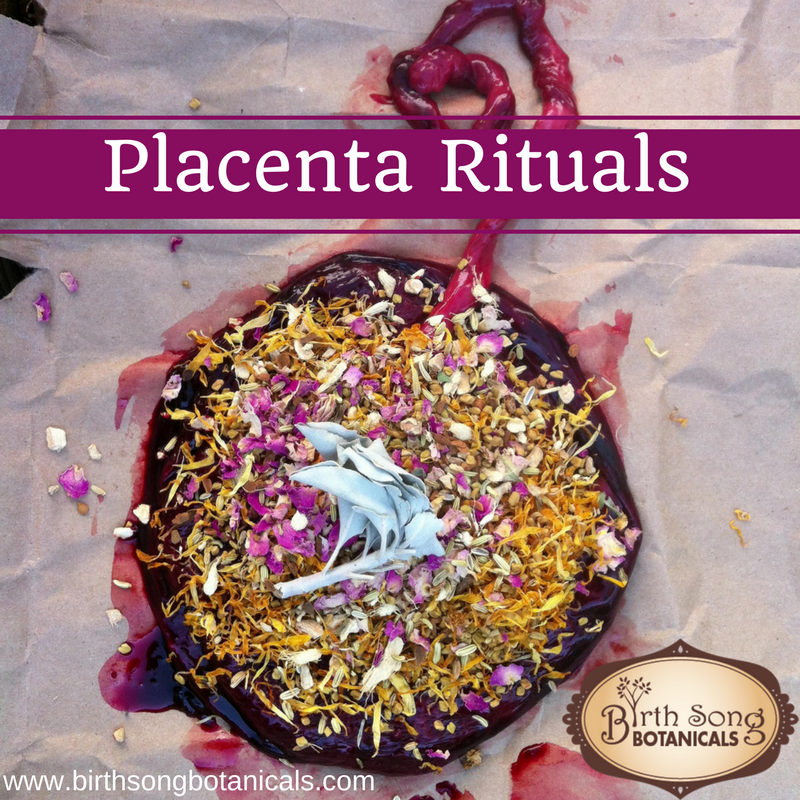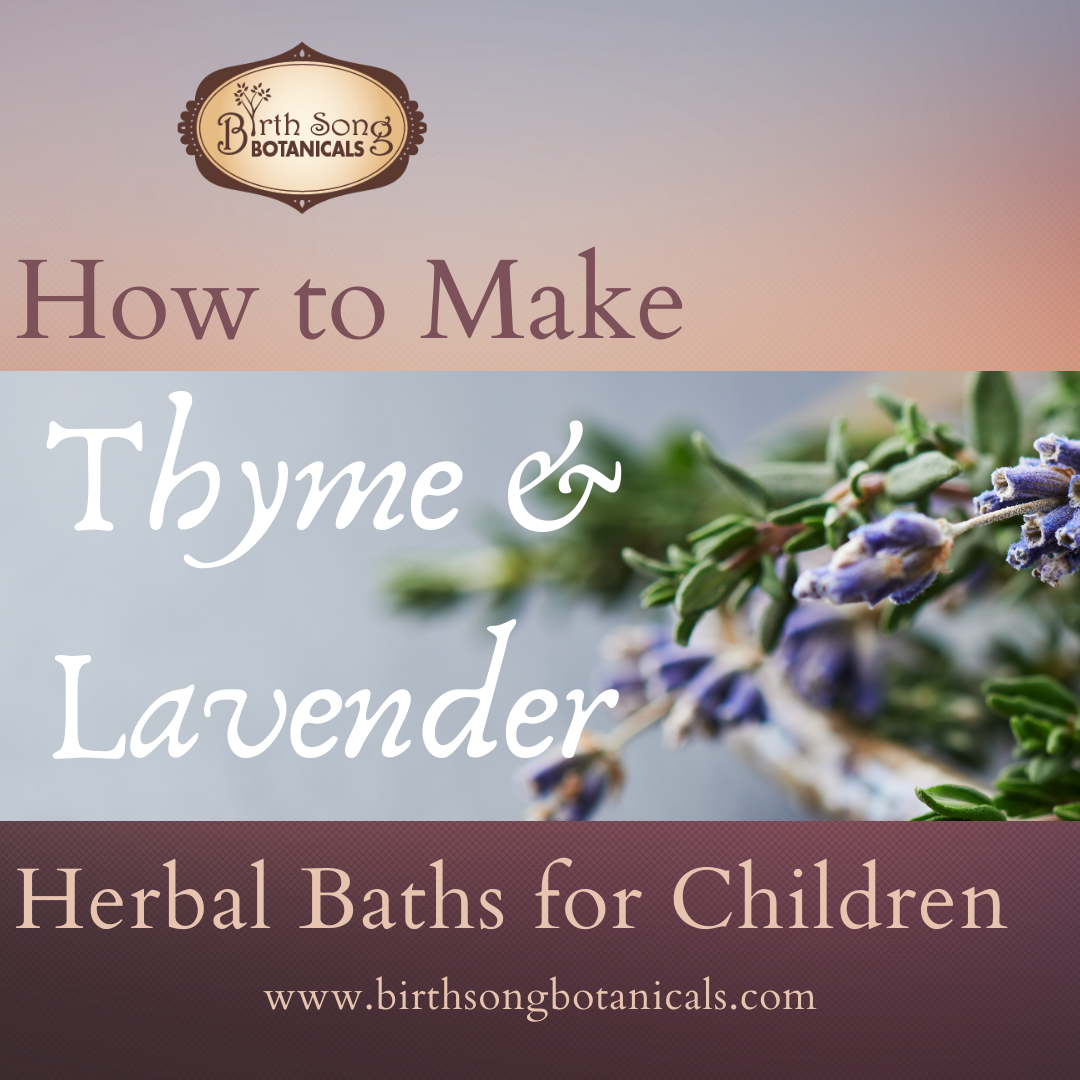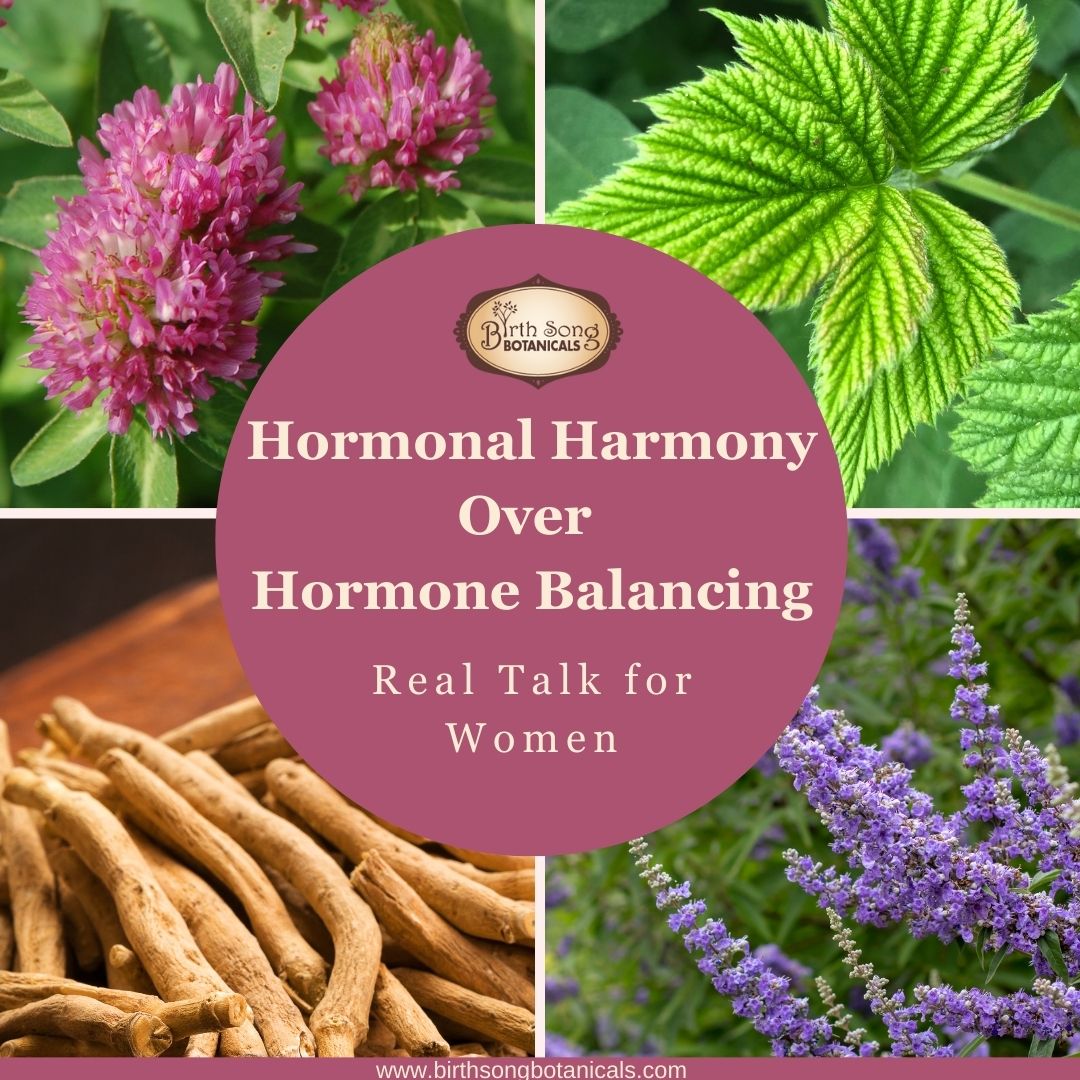Craft Your Personal Placenta Rituals

The moments after birth, no matter how the birth progressed, are sacred. From home births to c-sections, there is a certain feel to the air that comes with the emergence of new life. The smells, sounds, and sensations will be fresh in mama’s mind for years to come, even when all other details become blurry and begin to fade.
The delivery of the placenta—the afterbirth—is often overlooked as a side note in birthing preparations. It might be considered a matter of course, another thing to tidy up after the baby is born, but not a significant moment. In countless births every day, it’s simply wrapped up and thrown away with the rest of the mess that comes with birth.
More and more, however, moms feel connected to their placenta and wish to do something more with it. We have many examples from around the world, throughout history, and in our own birthing communities that can help us return a sense of wonder and ritual to the placenta, honoring the part it plays in baby’s growth and the meaning it carries as the end of birth and beginning of baby’s new life.
Placenta Rituals Around the World
In the US now, there’s very little ceremony surrounding the placenta in a mainstream birth. But in Navajo tradition—as well as Maori tradition in Australia, and almost certainly others—the placenta would be buried in tribal land to always connect the child to her home.
Burying the placenta carries different meanings across many cultures. Japanese and Bali placenta rituals included careful washing and wrapping before it was buried. Mayans chose the burial spot carefully, believing the tree that covered it would protect the child. (For more on placenta rituals and the background on these references, check out this essay)
Placenta consumption is less common for postpartum mothers than it might seem, considering nearly every other mammal does it. But that doesn’t mean the benefits have gone unnoticed. Traditional Chinese Medicine lists human placenta as a remedy for liver and kidney ailments. From a scientific perspective, we know that the placenta contains not only minerals and nutrients but hormones that survive the encapsulation process.
The hormone boost could be connected with slowed bleeding in the postpartum phase, mood stabilization, and milk production. Relatively recent movements, especially in the US and Australia, draw on these instincts and validation with raw, cooked, and encapsulated placenta consumption.
Creating Your Personal Ritual
The beauty of a ritual is not the action itself but the meaning attached to it. Often, they are passed down from generation to generation. Sometimes we lose that connection with our heritage, then have to do the work to rediscover it on our own. Sometimes, we create our own rituals and pass them on to our children. A placenta ritual is meant to honor the birth, the baby, and the mother, and there are many ways that might play out for you and your family.
Planting
Probably the most common type of placenta ritual, many cultures and heritages bury the placenta, whether to honor the placenta itself or to symbolize connection and protection for the child. Usually, the burial site is close to home. Some bury it immediately after birth, while others store it (in the freezer!) for awhile until a more practical or ceremonial time.
If you aren’t already connected with a burial ritual, consider planting the placenta under a tree or perennial plant. It might be an existing plant or one you’ve chosen specifically for that child. If you can’t plant on your own property, be sure that you follow regulations for safety and permissions—and plant deeply enough that it is safe from curious animals. Alternatively, consider burying it deep within a large potted plant that will become a new fixture in the home, just like baby!

Consuming
Placenta consumption is not the savage, disturbing image that some might have you think. In fact, there are many ways that moms choose to consume the placenta. A small bit washed and cut might be given to a mother who is struggling after birth. In this case, she’d swallow it quickly, like a pill. Raw placenta is also consumed—again, quickly after birth or carefully preserved as with any raw food—as small bits blended into fruit smoothies.

In other consumption methods, the placenta is cooked up like any organ meat, usually added to recipes like soups, stews and stirfries.
Encapsulation treats the placenta more like an herb or supplement than a food. The placenta is washed, cut into strips, and dried on a dehydrator. Then the dried strips are powdered, sometimes blended with other powdered herbs, and packaged into capsules. These can be taken daily like a supplement and are usually an easier way to get the full potential benefits without damaging it with high heat or risking the mama simply not liking the recipe.

Lotus Birth
A beautiful and somewhat rare placenta ritual is the lotus birth. In this process, the placenta is left connected to the baby through an unsevered umbilical cord until the cord detaches on its own. The placenta is usually salted and wrapped in cloths, then stored in a bowl near baby during those first three or four early days while baby stays close to mama.

A lotus birth can carry many meanings. Usually, it’s done for the baby more than the mother. The varying ideas often come down to the baby’s slow entry into the world, not severing the familiarity of the womb until it ends on its own accord.
Memorializing
A placenta ritual can be as simple as memorializing the placenta, even if it cannot be kept or if it’s not possible or ideal to consume it. The vein structure of a placenta is beautiful—the part that faces baby in the womb looks like the Tree of Life symbol. Sometimes, the person who encapsulates the placenta will lay it onto paper to make a stamped print of it as a keepsake.

Simply photographing the placenta with the baby can be a lovely and meaningful way to honor the placenta. Making it a visible part of the mementos from the day serves as an acknowledgement for it’s worth far beyond another waste item to discard in the wake of birth.
Adapting Rituals to Any Birth
Home births make it easiest to keep the placenta for the rituals you have planned, and birthing centers will often work with you without much fuss, as well. But you have a right to your placenta in almost any birthing scenario. Talk with your care provider as you make birth plans. You might need to bring an ice chest with your hospital bag in order to keep it preserved until you get home.
If you hire a professional photographer, make sure they are ready to snap photos of the placenta just as much as cute baby toes and your glowing face. Find someone who has experience with this or who has an open mind and is willing to honor your birth in all of its phases.
While you establish your birth plans, be sure to find out what your care provider’s guidelines are and what your birth support team can do to help to make your vision of birth—and afterbirth—come to light.







